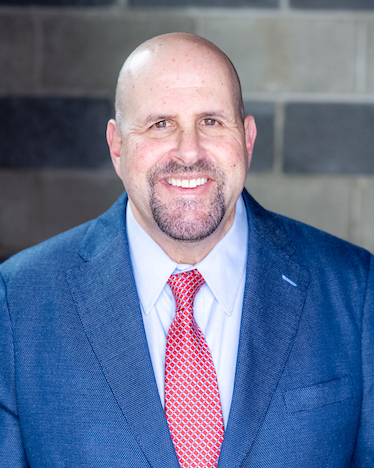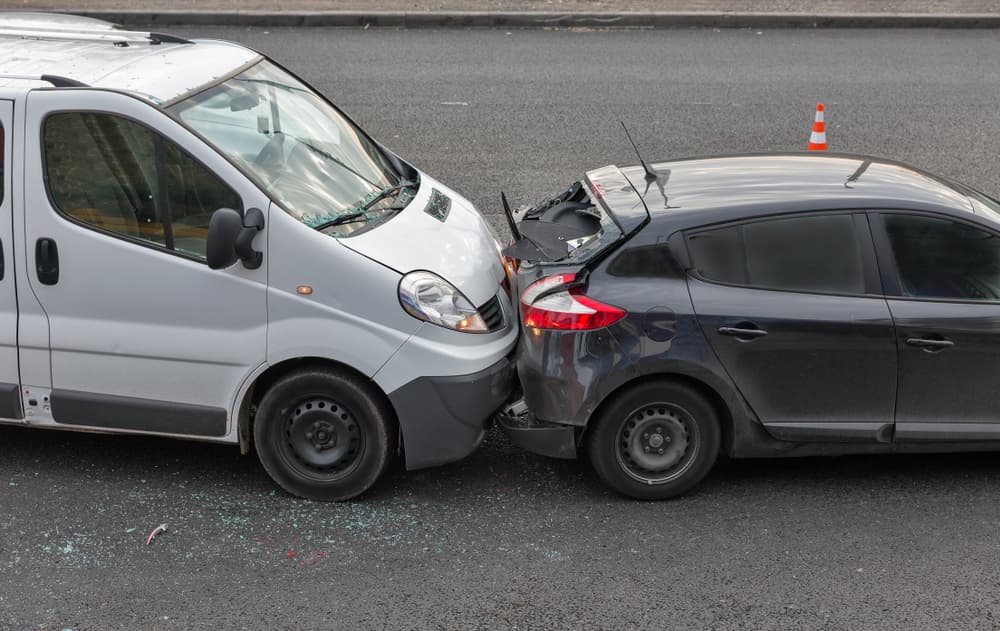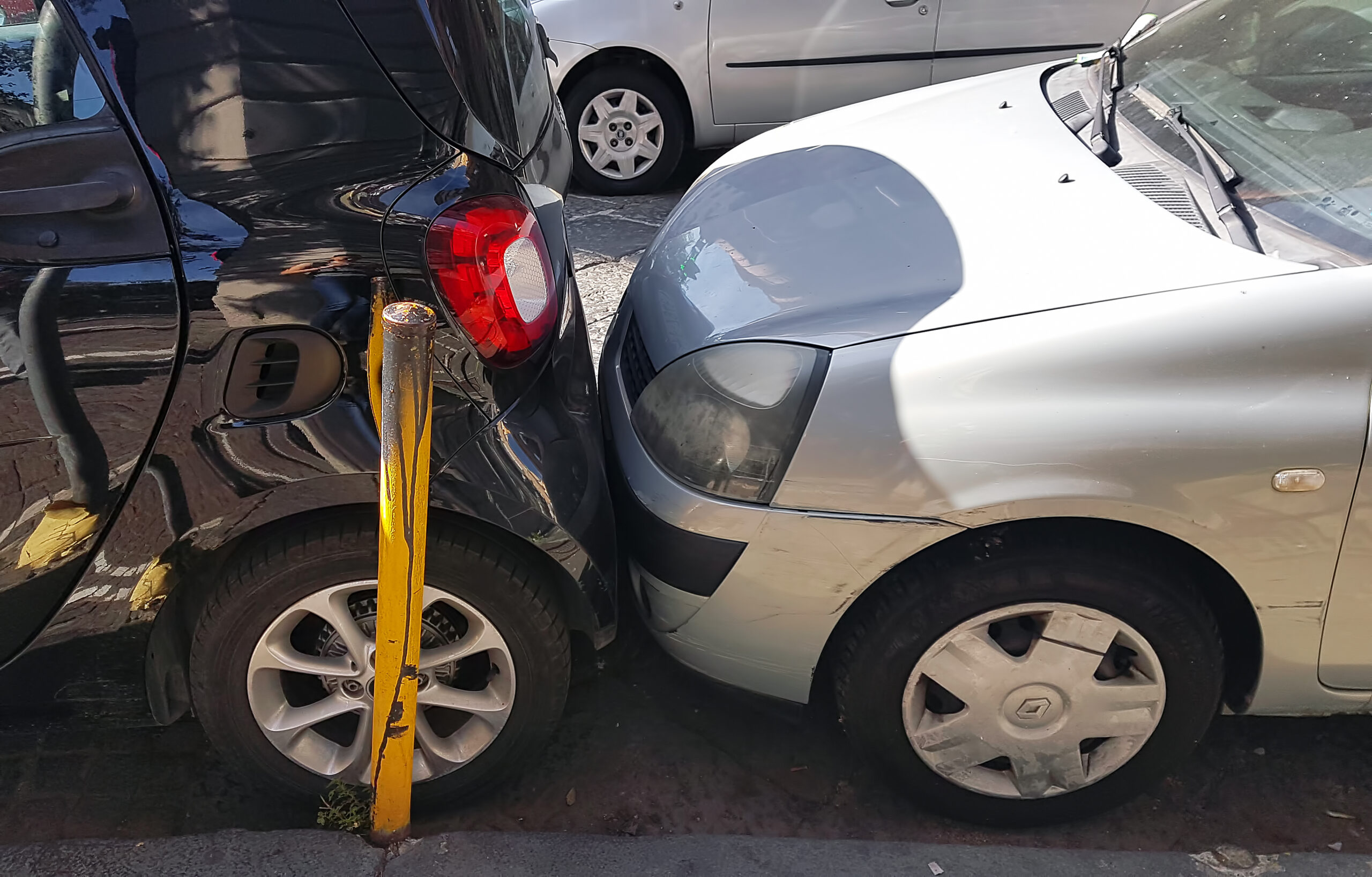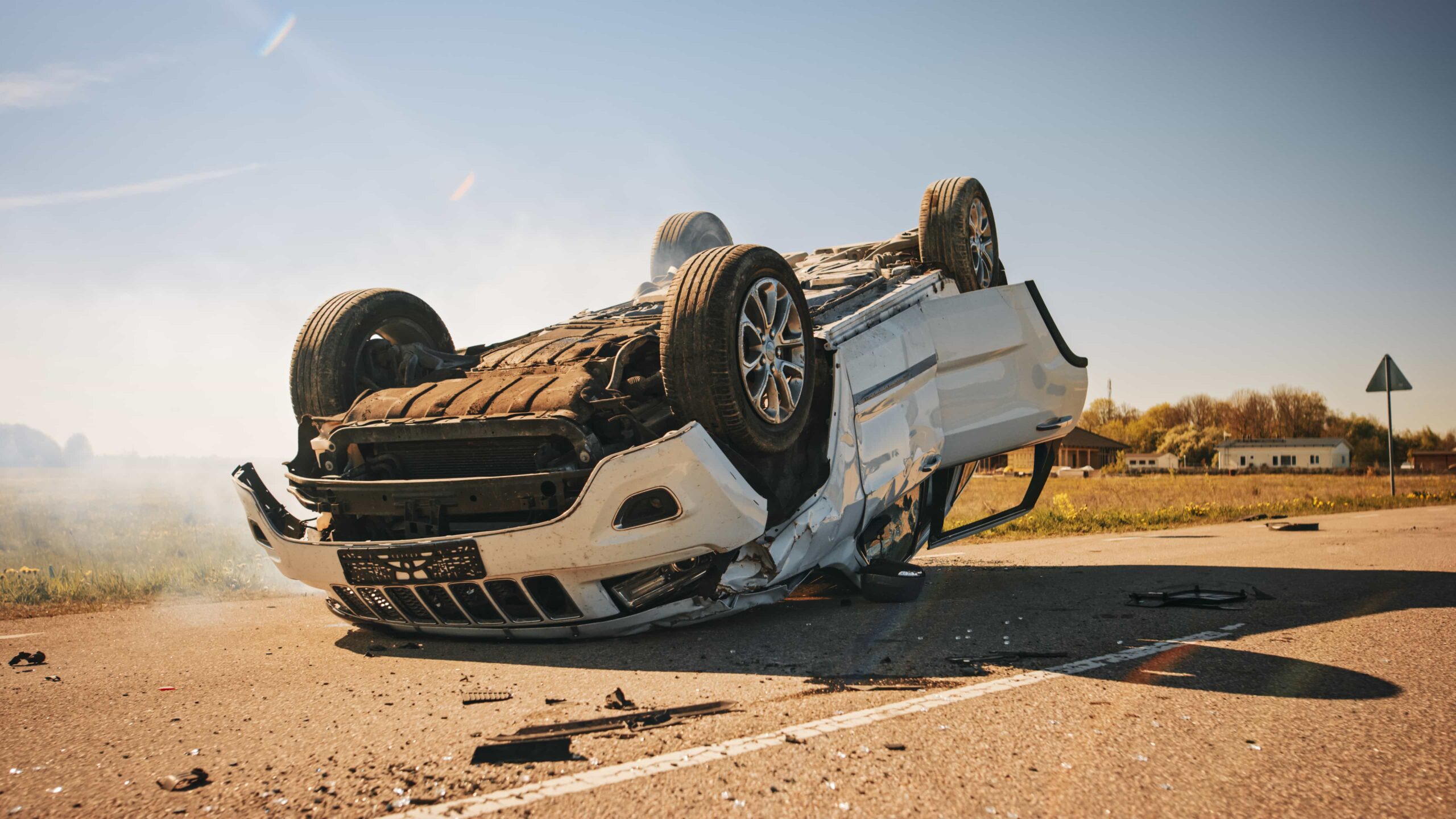- 75th Avenue and Indian School in Phoenix
- 67th Avenue and Indian School in Phoenix
- 67th Avenue and McDowell Road in Phoenix
- 99th Avenue and Lower Buckeye Road in Phoenix
- 51st Avenue and Camelback Road in Glendale
Statistics About the Dangers of Side-Impact Crashes
Roughly one in every eight car accidents in the United States is a T-bone crash. Even though they are 13 percent of the total car accidents, T-bone crashes cause 18 percent of the total fatalities underscoring exactly how dangerous they are. Some estimates have T-bone crash fatalities making up one in every four car accident fatalities nationwide. Reasons for T-Bone Crashes in the same place at the same time. The driver who is at fault for the accident must pay all of the damages suffered by the other driver. A car accident lawyer can help you fight for the compensation you deserve because the insurance company does not make the process easy for you.Why Phoenix Drivers Are at Risk for T-Bone Crashes
Phoenix is one of the most car-dependent cities in the entire country. The city was designed and built with the car in mind. There are wide sweeping streets that carry tens of thousands of cars each day. Busy roads mean treacherous intersections. The crossings in Phoenix are known as some of the most dangerous in the country, as cars struggle to make left turns when necessary. Here are some of the most dangerous intersections in Phoenix where T-bone crashes may happen: Here are the common causes of T-bone car crashes:- Running a red light at an intersection
- Misjudging crossing a busy road
- Running a four-way stop sign
- Not seeing traffic signals or stop signs because the driver was distracted
- Aggressive driving or speeding
Usual Car Accident Rules Do Not Always Apply in T-Bone Crashes
The rule that applies in rear-end accidents, the car that strikes the other car is at fault, does not apply to T-bone crashes. In a T-bone crash, the driver of the car that did not have the right of way is usually responsible. The difficulty happens in proving who had the right-of-way. In some cases, the person at fault will be very apparent. The issue may be more contested in other cases, especially when nobody saw the accident.Who Is Responsible for a Side-Impact Crash?
Most T-bone crashes occur at intersections. However, they can happen in other places. If a driver loses control of their car on the highway, they can be struck in a broadside crash by another car. However, the driver who hits the car that lost control will usually not be responsible for the accident. Instead, they can seek damages from the car driver who lost control, especially when that motorist was speeding or driving recklessly. The local government can be responsible for the crash in very rare cases. There can be a malfunctioning traffic light with no police officer in the area to direct traffic. In other cases, branches can obscure a stop, keeping drivers from seeing it. Some T-bone crashes occur because a third driver did something wrong and caused one of the two cars in the accident to lose control or be in the wrong place. For example, the third driver may have made an illegal turn and cut off one of the two cars. In that case, the third driver will likely be responsible for the damages suffered by both drivers in the crash if victims can locate that other driver. Finally, T-bone crashes can happen because one of the cars involved was not working properly. When the driver hits the brakes to stop at an intersection or stop sign, they may not respond. In that case, you may hold the manufacturer of the car or part legally responsible for the crash in a product liability lawsuit. Your lawyer will perform a full investigation after your accident to determine who may have been at fault.The Insurance Company May Try to Blame You
Given how T-bone crashes normally occur, the chances are that one of the two drivers will be entirely at fault. However, there is a possibility that the insurance company may try and blame you for your crash. The typical ways that the other driver can share in the blame is if:- They were driving distracted and did not see the car run the stop sign or red light and could have avoided it had they been paying attention.
- They were speeding through the intersection.
- Not wearing a seatbelt made their injuries worse.
Proving Fault in a T-Bone Crash Case
Fault in a T-bone crash is much easier to prove at a crowded intersection. Here, there will be witnesses who can testify who ran the red light or stop sign. Then a T-bone crash occurs at night or in a quieter residential neighborhood, proving fault may be more difficult. Then, both drivers may point the finger at the other driver, claiming that it was them who ran the stop sign. This situation presents more of a challenge when there are no witnesses or camera footage of what happened. Here, the best option is your attorney working with an accident reconstruction expert who can give their opinion about the cause of the crash. Even still, this case may be a heavier lift legally. When the police come to the scene after an accident, they will play a very important role. If the responding officer gives a ticket to one of the two drivers for running a red light or stop sign, this can help determine fault. Running a stop sign can be considered negligence per se. However, you cannot use a police report as evidence in court. The insurance companies can review it to determine who was at fault for the accident.Evidence that an Attorney Will Use to Prove Liability
A lawyer is an absolute must in any T-bone accident case. It is even more critical when the two drivers dispute who had the right of way. When it is your word against another driver’s, physical evidence can often show who is telling the truth. Here is what can prove your side of the story in a T-bone accident case:- The police report
- Traffic light camera footage
- Pictures of the accident scene
- Witness testimony
- The damage to the cars
- Expert witness testimony
The Insurance Company Is Not Your Friend
When there is a difference of opinion between the drivers in a T-bone accident case, you can count on the other driver’s insurance company trying to contact you to ask questions. They may try to trick you or put you on the spot, trying to get you to say something that will undercut your claim. There are no circumstances under which you should be speaking with the other driver’s insurance company. However, they are very clever in how they deceive you into talking. The sooner you get a lawyer, the more protected you are from tricks like these because the insurance company will need to go through your attorney.Common Injuries from a T-Bone Crash
Because of how T-bone crashes occur, the injuries may be severe for both drivers involved. A T-bone crash is practically the same as a head-on collision for one car. For the other car, the impact may hit a part of their car with less reinforcement. The injuries will often be even more severe if one vehicle hits the other’s driver’s side door. Here are some of the injuries that one can suffer in a T-bone crash:- Traumatic brain injuries
- Head and neck injuries
- Spinal cord injuries
- Broken bones
- Internal injuries
Why You Need an Attorney for a Side-Impact Accident Case

- Investigate your car accident and gather evidence that you can use to prove who was at fault
- Review your damages to help you come up with an amount for your financial compensation
- Counsel you on your legal options for obtaining financial compensation
- Keeping the insurance company from trying to catch you unaware or pressure you into doing something against your interests
- Negotiate with the insurance company if they make you a settlement offer
- File a lawsuit on your behalf if that is the most effective way to be in a position to receive damages
Abels & Annes 100 N LaSalle St #1710 Chicago, IL 60602 (312) 924-7575



